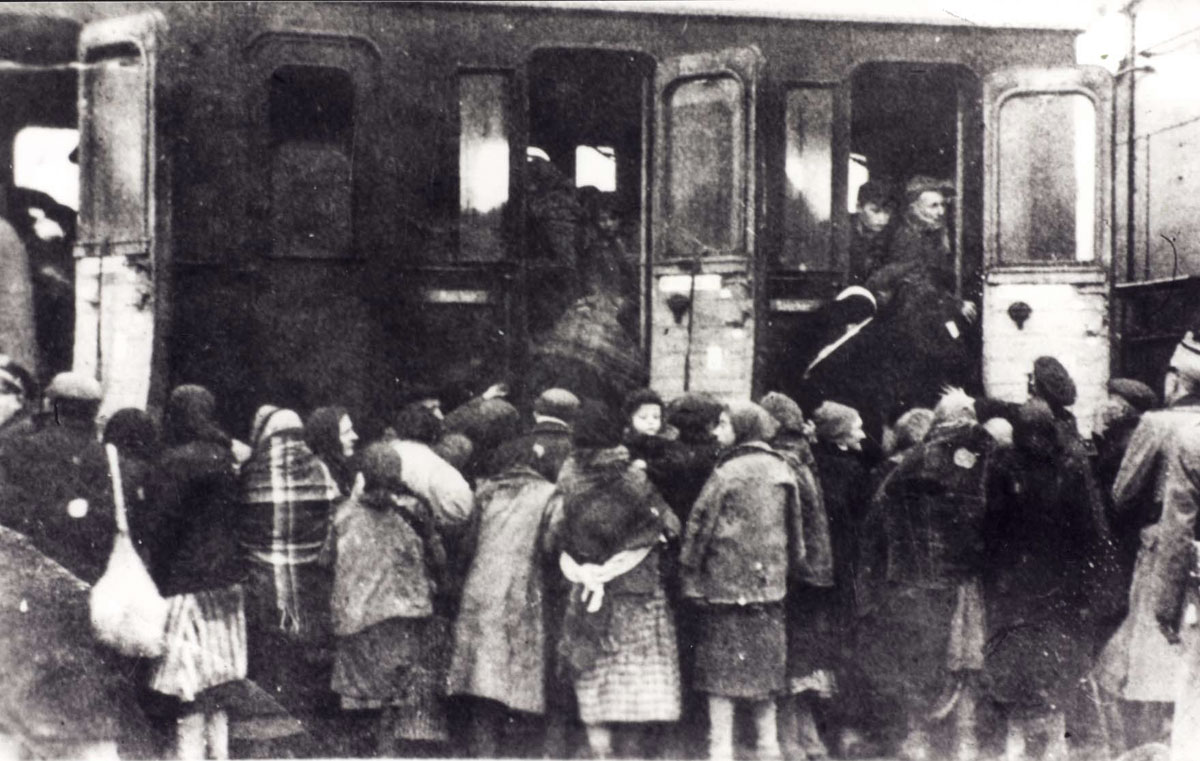

Ross knew that virtually everyone in the ghetto was living a slow death sentence, and his time was running out. As the population inside the ghetto continued to be liquidated, Ross was one of the few kept back as part of the clean-up crew to gather gems, money and other valuable from empty buildings. “I did it knowing that if I were caught my family and I would be tortured and killed.”Ī quarter of those inside the Lodz Ghetto died of starvation, and nearly 100,000 were deported to death camps at Chelmno nad Nerem and Auschwitz. “Having an official camera, I was able to capture all the tragic period in the Lodz Ghetto,” he said. Ross took a tremendous risk along with his photographs. He snapped photographs through cracks in doors and sometimes even hid his camera under his overcoat, which he opened quickly to take a shot before concealing it again. However, unknown to the Nazi authorities, Ross secretly took photographs of everyday life in the ghettos-both lighter moments and the grim reality-in addition to the staged propaganda pieces. Henryk photographing for identification cards, Jewish Administration Statistics Department c.

Ross was assigned to take residents’ photographs for identification cards and capture images of workers inside the ghetto’s mattress and leather factories in order to showcase their productivity. Although his camera had been initially seized, it was returned along with an official assignment to snap photographs for the statistics department of the ghetto’s Jewish Administration, which was tasked with implementing the Nazis’ orders.

Of the 1,000 ghettos created by the Nazis to segregate Jewish populations in cities across Eastern Europe, only the one in Warsaw was bigger and none existed for as long as the one in Lodz.Ī former press and sports photographer, Ross had a skill of use to the Nazis. They lived and worked behind barbed wire and armed sentries in what was a 1.6-square-mile prison. The Nazis rounded up more than 160,000 Jews and Roma and confined them to a poor industrial section of the city. Just a week after the Nazis stormed across the Polish border to launch World War II, German forces occupied the bustling textile city of Lodz on September 8, 1939. Henryk Ross’ pre-war identification car, 1938.


 0 kommentar(er)
0 kommentar(er)
